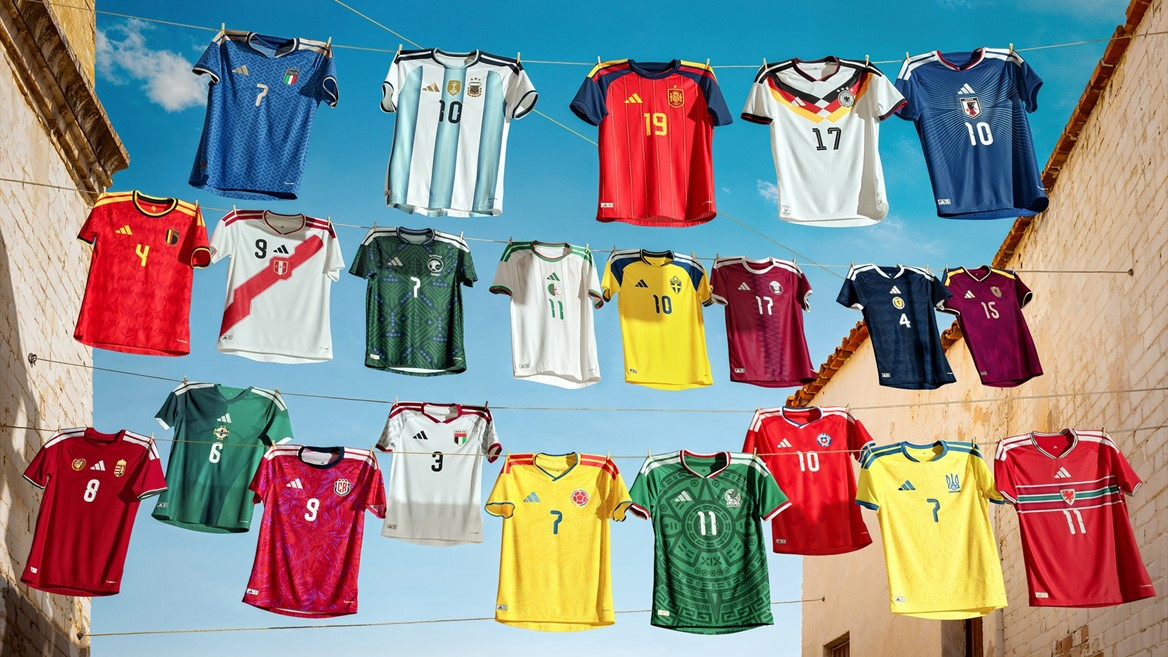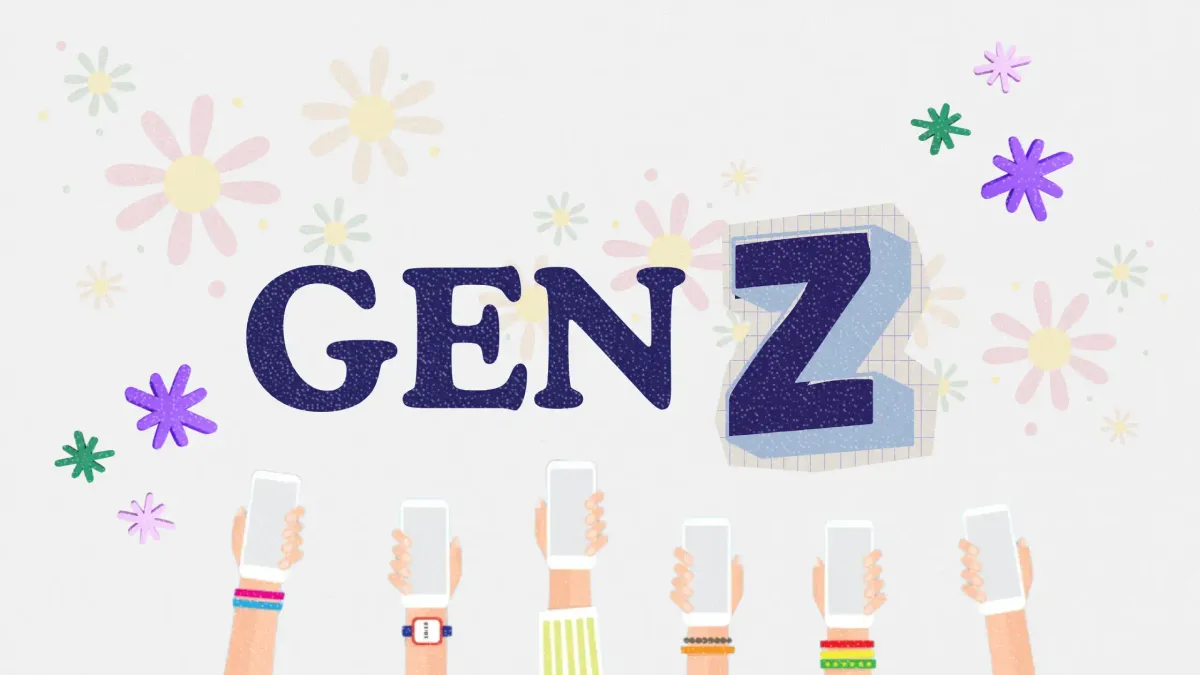Inside adidas’ wild new promo film for FIFA World Cup 2026 jerseys
A short film starring Messi, Rodman, and Yamal kicks off adidas’ 2026 World Cup push

With less than a year until the FIFA World Cup 2026 begins, adidas has started the party early — not with a press conference, but with a surreal short film featuring Lionel Messi, Trinity Rodman, and Lamine Yamal. Titled LA PREPARACIÓN AMERICANA, the film drops fans into a chaotic world where footballers train in wildly unconventional ways.

From battling ice hockey players to riding mechanical horses, adidas blends sports spectacle with entertainment to reimagine the traditional kit launch.
This article explores how the brand is using cinematic storytelling and performance innovation to spark early momentum for the tournament — and what marketers can learn from it.
Short on time?
Here’s a table of contents for quick access:
- What the short film is about
- adidas’ World Cup 2026 jersey reveal
- Cultural shifts in fandom and what they mean
- What marketers should know

What the short film is about
The story kicks off in Manhattan, where US forward Trinity Rodman browses a newsstand full of headlines about eccentric training regimes. German player Florian Wirtz then appears in a session led by Coach Julian Nagelsmann, taking on Canadian ice hockey players and Mexican luchadores.
In another scene, Spain’s rising star Lamine Yamal maintains balance atop a mechanical bull, while midfielder Aitana Bonmati nods in approval. Lionel Messi adds flair at an American bowling alley, lining up strikes as Argentina teammate Rodrigo De Paul watches.
The final scene lands in Mexico City, where Edson Álvarez spins into the frame, setting the tone for what adidas calls football’s most chaotic preparation yet.
adidas' World Cup 2026 jersey reveal
The short film arrives alongside adidas’ unveiling of new home jerseys for 22 national teams, including Argentina, Germany, Spain, Mexico, Japan, and Italy. The designs blend heritage with modernity, drawing from cultural icons, local landscapes, and legendary kits from past tournaments.
More than just visual statements, the kits feature CLIMACOOL+ fabrics for better ventilation, sweat management, and breathability. A lenticular adidas logo and federation crest add a morphing effect depending on the viewing angle, giving the kits a futuristic twist.
In Singapore, select home jerseys — including those of Argentina, Spain, Germany, Japan, Italy, and Mexico — are now available both online and in adidas stores.
Cultural shifts in fandom and what they mean
The campaign also taps into the broader shift toward social-first fandom. According to We Are Social’s Winning fans and feeds report, Asia Pacific is a fast-growing market for live sports engagement, with 545 million expected to tune in and over 60 million attending in-person events in 2025.
Australia leads the region with 80% of people engaging in sports content and 27% attending live matches. Singapore follows closely with 76% and 20% respectively. Meanwhile, 10.8 billion online conversations around sports have emerged across the region, driven by creators, short-form video, and meme culture.
For marketers, this signals a pivot away from traditional sponsorships and toward culturally embedded storytelling, designed for feeds and algorithms.
What marketers should know
adidas' World Cup 2026 campaign isn’t just about kits — it’s a playbook for how brands can show up in a new era of sport-as-content. Here are four key takeaways for marketers navigating global fandom and cultural storytelling:
- Entertainment is the new hook
adidas shows how storytelling can elevate a functional launch into a cultural event. The short film format makes this campaign more shareable and buzzworthy than a standard ad.
- Innovation needs a narrative
Rather than just listing features like lenticular logos and CLIMACOOL+ fabric, adidas wrapped product innovation into moments of personality and humor. This makes tech feel accessible, not cold.
- Regional access drives relevance
adidas made sure top-performing jerseys are available in key APAC markets like Singapore. For marketers, this local activation reinforces that global campaigns must land with local intent.
- Social-first sports is here to stay
With TikTok and creator culture reshaping how fans discover moments, campaigns that lean into snackable, fandom-driven formats are more likely to travel across borders and screens.
adidas is setting the tone for World Cup 2026 with more than just new jerseys. By blending sport, humor, and cinema, the brand is rewriting how fans engage with kits and national pride. For marketers, this is a clear signal that the future of brand storytelling in sports is not about the product itself — it’s about the culture that surrounds it.




